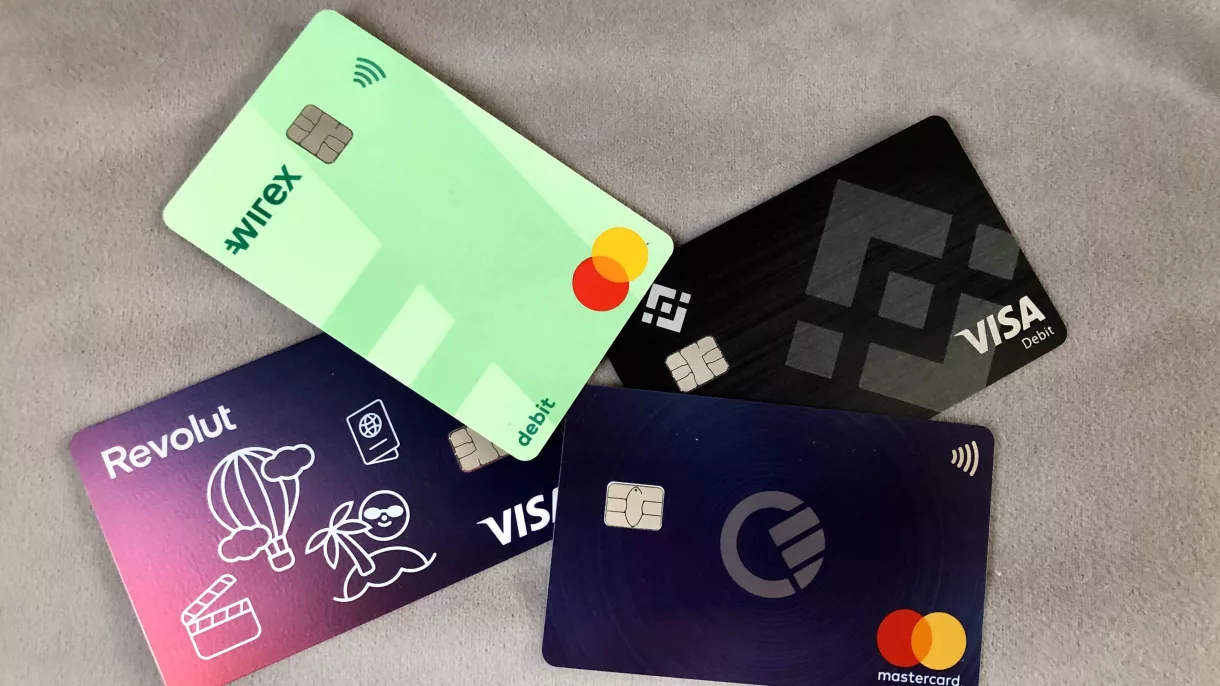After six months, we finally got our physical plastic cards, and it’s just a relief. You can’t even imagine the joy of going to an ATM and withdrawing money 🥳 (by the way, we withdraw without any fees).
For example, in Bulgaria, you can’t buy mussels at the market, get a haircut, or even grab a snack without cash. When we arrived in Bosnia, Apple Pay and Google Pay didn’t work at all; only cash or physical cards were accepted. So, whether we like it or not, this piece of plastic is periodically needed.
How did we get the cards? It’s actually pretty simple. To obtain the cards, all you need is any type C visa, and once you have that, you can apply for the cards (the only caveat is that you need a European phone number).
Before getting the physical cards, we used virtual cards like Revolut and Curve, which were linked to Apple Pay and Google Pay. In Turkey, we transferred money through Golden Crown and paid everything with cash, the old-fashioned way.
Here are the cards we have:
Revolut – a super-convenient bank that is technologically similar to Tinkoff.
Curve – not a bank but a service to which we linked cards that don’t support Apple Pay and Google Pay. We comfortably pay with virtual cards, such as Binance, through Curve using Apple Pay and Google Pay.
Wirex – a reliable bank that can only be topped up with cryptocurrency (many people in the IT industry receive their salaries in it).
Binance – they also have a card, although the card section of their interface is quite inconvenient. However, topping up through peer-to-peer transactions is fast and hassle-free.
Pyypl – a very easy-to-obtain card. You can even open it in Russia, probably. It’s convenient to top up directly from Qiwi or Binance. The only downside is the high commissions for any transaction. But it saved us in the beginning. And, by the way, you can easily order a plastic card in Moscow.
We hope this information has been helpful for you. 🙈
